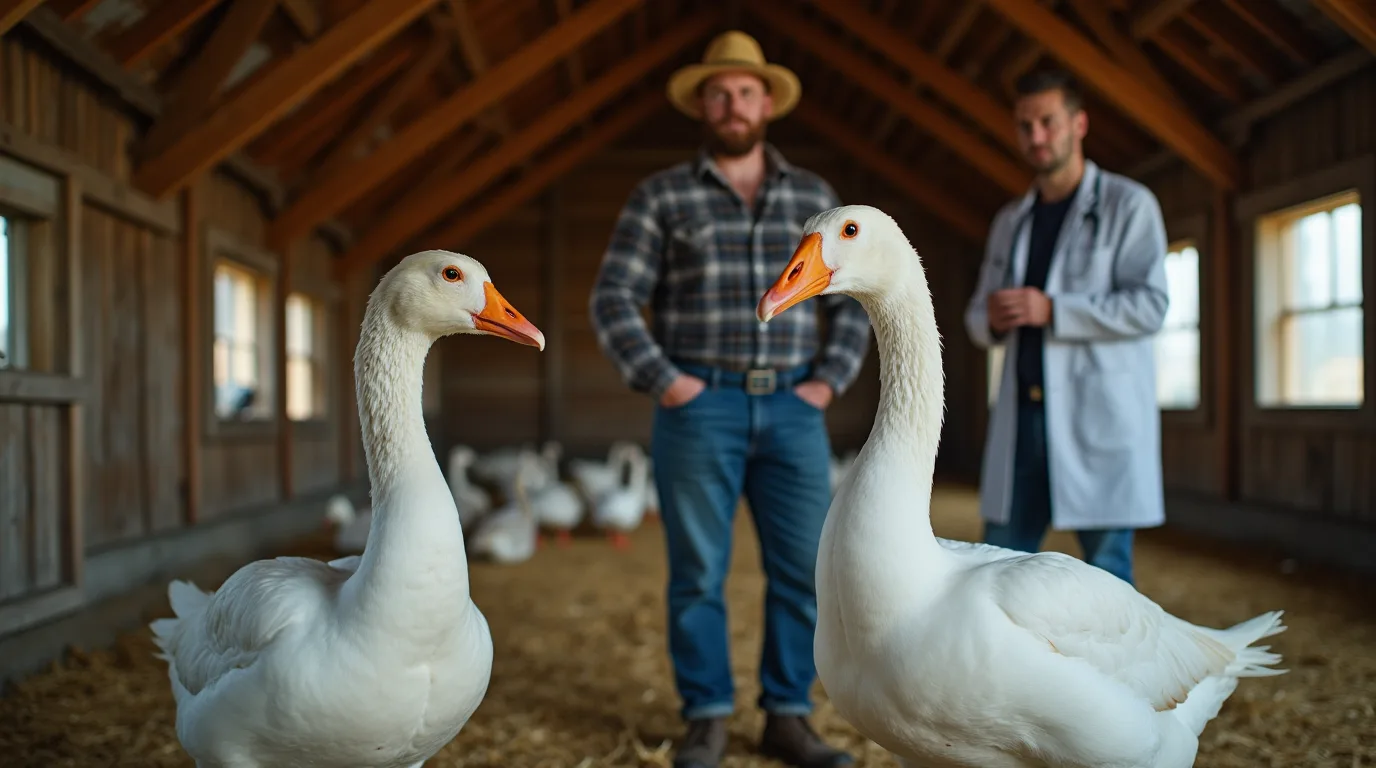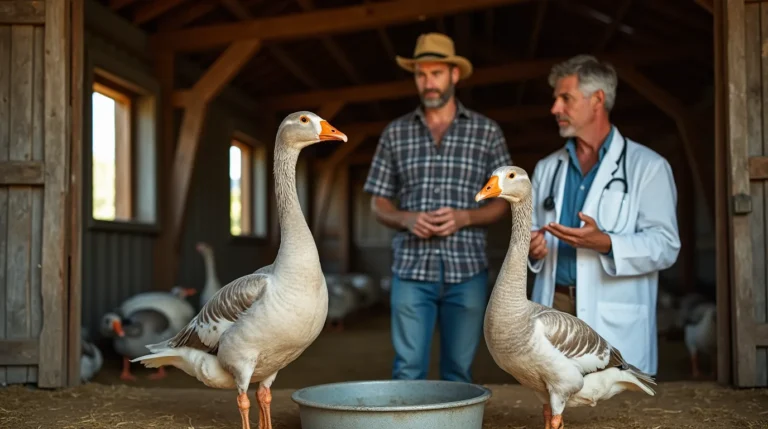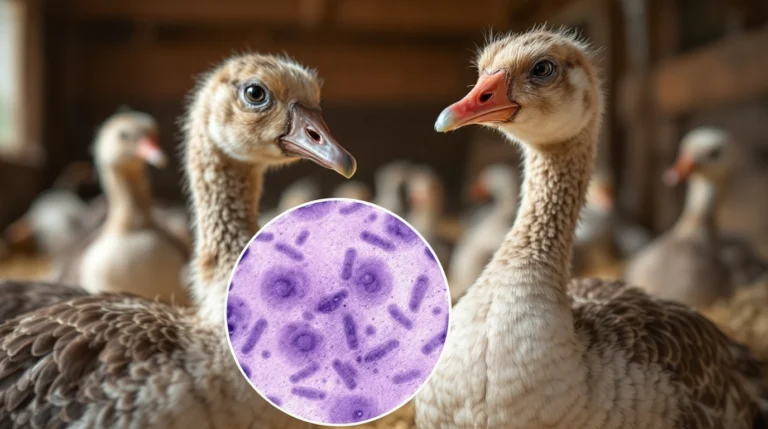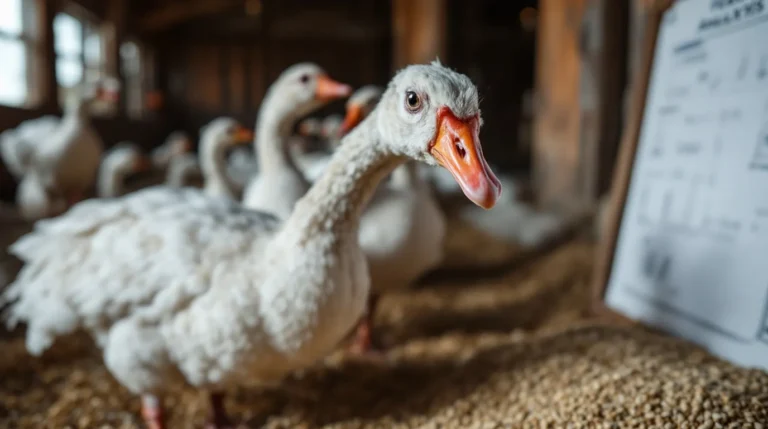Discover the 6 critical symptoms of Salmonella in geese, prevention strategies, and expert treatment methods to protect your flock’s health and stop bacterial spread fast.
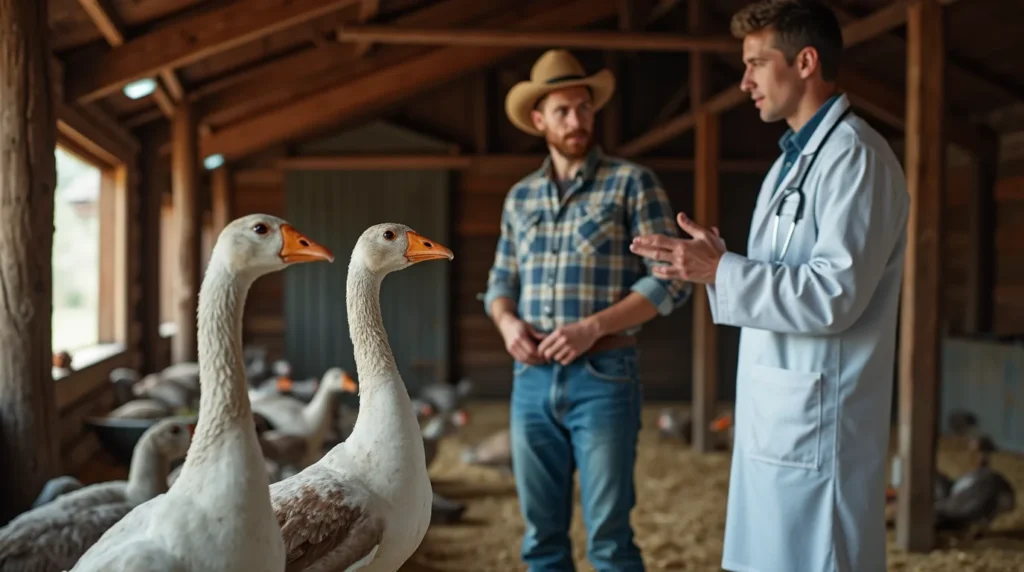
Table of Contents
Geese are magnificent birds that play crucial roles in agricultural ecosystems, but they can be vulnerable to serious health challenges like Salmonella infections. Understanding the intricacies of Salmonella in geese is paramount for farm owners, veterinarians, and poultry caretakers to maintain flock health and prevent potential outbreaks.
Salmonella remains one of the most significant bacterial threats to waterfowl populations, capable of causing rapid transmission and potentially devastating consequences for entire flocks. This comprehensive guide will explore the critical aspects of Salmonella in geese, providing insights into symptoms, prevention strategies, and effective management techniques.
Understanding Salmonella: A Comprehensive Overview
What is Salmonella?
Salmonella represents a group of rod-shaped, gram-negative bacteria that can cause severe gastrointestinal and systemic infections in various animal species, including geese. These bacteria thrive in moist environments and can spread quickly through contaminated water, feed, and direct contact between birds.
Transmission Pathways in Geese Populations
Salmonella transmission in geese occurs through multiple routes:
- Fecal-oral contamination
- Shared water sources
- Contaminated feed
- Contact with infected wild birds
- Improper sanitation practices
6 Critical Symptoms of Salmonella in Geese
1. Digestive Distress
Geese infected with Salmonella often exhibit pronounced digestive symptoms, including:
- Watery, greenish-yellow diarrhea
- Reduced feed intake
- Visible abdominal discomfort
- Rapid weight loss
2. Behavioral Changes
Infected geese demonstrate noticeable behavioral modifications:
- Lethargy and decreased activity levels
- Isolation from flock members
- Reduced social interactions
- Persistent weakness
3. Respiratory Complications
Advanced Salmonella infections can lead to respiratory issues:
- Labored breathing
- Nasal discharge
- Coughing and wheezing
- Potential respiratory tract inflammation
4. Fever and Systemic Inflammation
Physiological indicators of Salmonella infection include:
- Elevated body temperature
- Visible inflammation
- Potential organ dysfunction
- Compromised immune response
5. Reproductive Challenges
Salmonella can significantly impact reproductive health:
- Reduced egg production
- Lower fertility rates
- Potential embryonic mortality
- Compromised egg shell quality
6. Neurological Symptoms
In severe cases, neurological manifestations may occur:
- Tremors
- Lack of coordination
- Potential paralysis
- Altered neurological functioning
Diagnostic Approaches
Laboratory Testing Methods
Veterinarians typically utilize:
- Bacterial culture techniques
- Polymerase chain reaction (PCR) testing
- Serological examinations
- Fecal sample analysis
Recommended Diagnostic Protocols
- Comprehensive flock screening
- Individual bird isolation
- Detailed medical history review
- Advanced microbiological investigations
Prevention Strategies
Biosecurity Measures
Implementing robust biosecurity protocols is crucial:
- Strict quarantine procedures
- Regular sanitization
- Controlled visitor access
- Dedicated protective equipment
Nutrition and Immune Support
Enhance flock resilience through:
- Balanced nutritional programs
- Probiotic supplementation
- Stress reduction techniques
- Regular health monitoring
Treatment Protocols
Veterinary Intervention
Professional treatment typically involves:
- Targeted antibiotic therapies
- Supportive care regimens
- Comprehensive flock management
- Individualized treatment plans
Medication Considerations
Veterinarians may prescribe:
- Broad-spectrum antibiotics
- Supportive electrolyte solutions
- Immune system boosters
- Specific Salmonella-targeted treatments
Recommended Health Products for Geese
1. Advanced Probiotic Complex
- Supports digestive health
- Enhances immune functioning
- Specifically formulated for waterfowl
2. Comprehensive Poultry Sanitizer
- Eliminates harmful bacteria
- Safe for multiple surface types
- Veterinarian-approved formula
3. Nutritional Immune Booster Supplement
- Promotes overall flock wellness
- Contains essential vitamins and minerals
- Reduces infection susceptibility
4. Professional Diagnostic Testing Kit
- Rapid Salmonella detection
- User-friendly design
- Accurate results within hours
Salmonella in geese (FAQ)
Q1: How quickly can Salmonella spread in a goose flock?
Salmonella can spread rapidly, potentially affecting an entire flock within days if not immediately addressed.
Q2: Are humans at risk from Salmonella in geese?
Yes, Salmonella can be transmitted to humans, emphasizing the importance of proper hygiene and protective measures.
Q3: Can vaccinations prevent Salmonella?
While vaccines exist, they are not 100% effective and should be combined with comprehensive management strategies.
Conclusion
Addressing Salmonella in geese requires a multifaceted approach combining prevention, early detection, and professional intervention. By understanding symptoms, implementing robust biosecurity measures, and working closely with veterinary professionals, goose owners can significantly mitigate infection risks.
We want to hear from you! Share your experiences, challenges, or questions about goose healthcare in the comments below.
Explore more expert poultry care tips and guides at BlithePet

